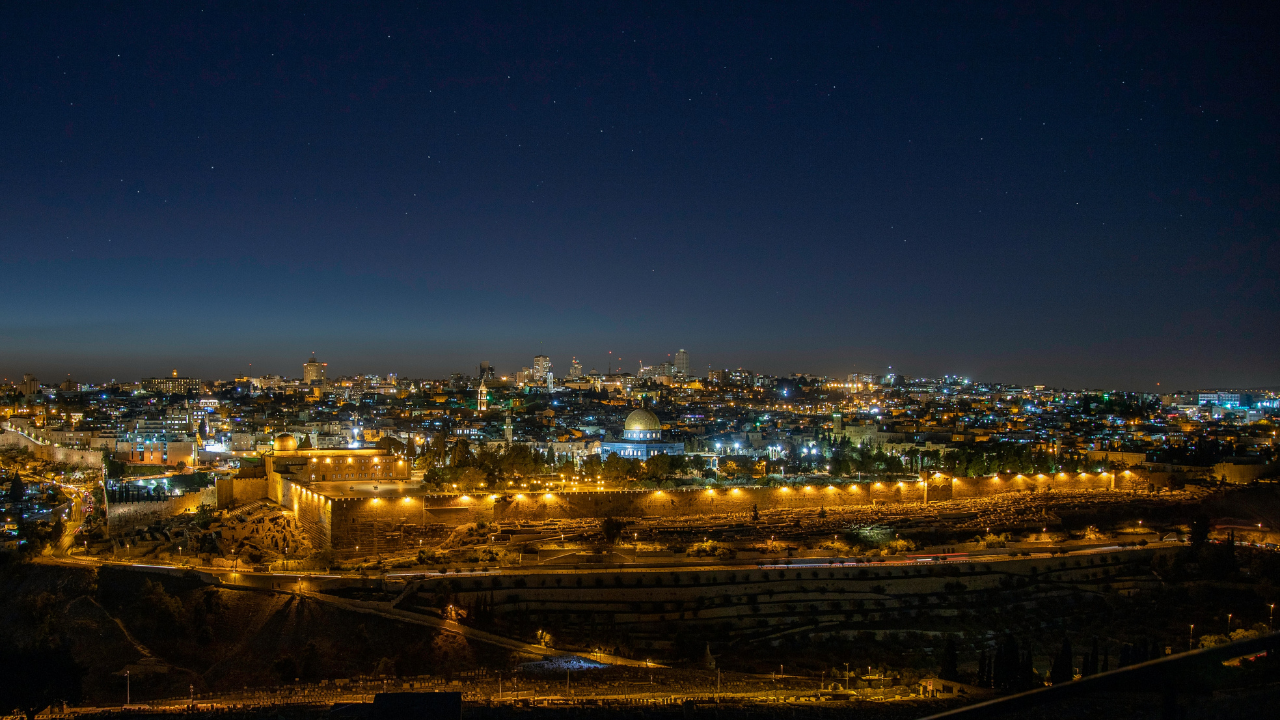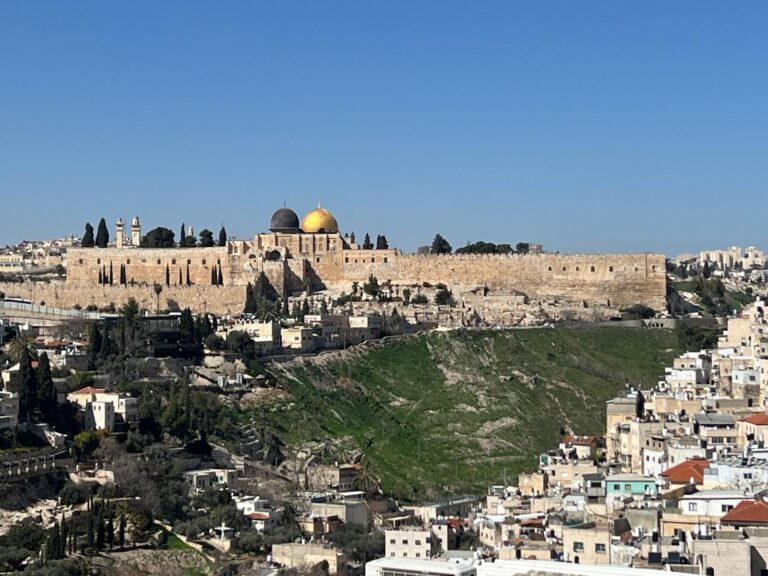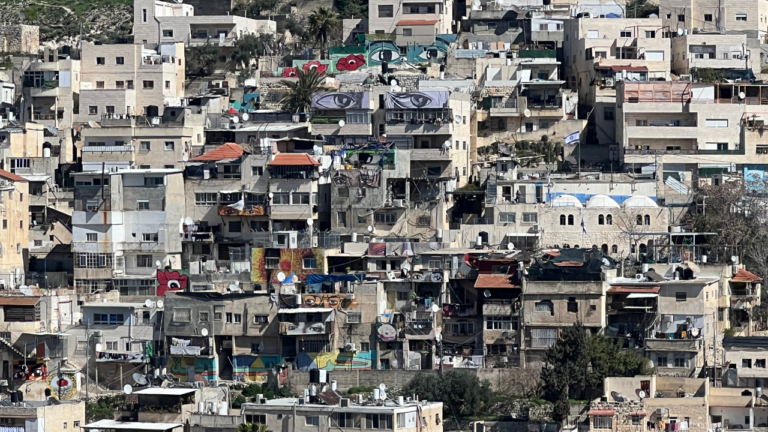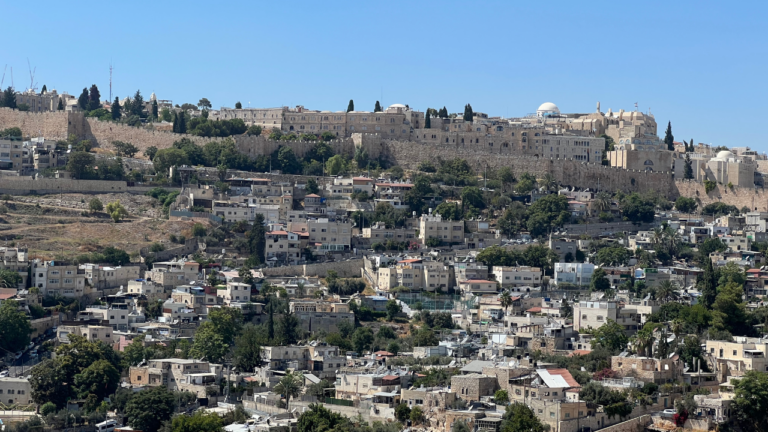The Beauty of the World
It is common to think of Judaism as a religion of hearing. As a non-pagan religion that believes in a single invisible God who does not have a shape or form, we often rely on listening to God as the means of becoming close to Him. Perhaps the most famous verse in the Torah is “Hear Israel, God is our God, God is one” which puts an emphasis on the auditory. Similarly, there are historians who argue that the relative paucity of Jewish art throughout the generations can be attributed to this reticence of the visual and preference for the auditory.
A clear exception to this tendency, though, is the Mishkan and Beit HaMikdash that appear in this week’s parsha. They are filled with beautiful craftsmanship, swirls of colors and impressive vessels that create a feast for the eyes. In fact, the Talmud refers to the Beit HaMikdash as “the beauty of the world.” Similarly, elsewhere, the Talmud relays that “One who did not see the Temple in its constructed state, never saw a magnificent structure.”
This care for aesthetics extends from the Beit HaMikdash itself to the entirety of Yerushalayim. The Talmud teaches us that “Ten kav of beauty descended to the world; Jerusalem took nine and all the rest of the world in its entirety took one.” Similarly, the same Talmudic passage that extols the beauty of the Beit HaMikdash states the following regarding Yerushalayim: “One who did not see Jerusalem in its glory, never saw a beautiful city.”
Why is it important that Yerushalayim and the Beit HaMikdash be beautiful? Why not have a bare-bones capital city with completely functional architecture? In what way would this impede the people of the city from hearing and studying God’s word and obeying His command?
Perhaps one approach is that the true sanctity is a total experience. Every aspect of our being – mind, body, hearing and sight – must be included in the experience. The Divine Presence permeates the totality of a person and allows a person to be swept away with the sui-generis feeling of closeness to God. Of course, we cannot visually “see” God. But at the very least, our eyes should be awed by the glory and splendor of God’s city and His Beit HaMIkdash. This will help us fully experience the highest degree of closeness to God that is possible in this world.
When one is far from Yerushalayim and not able to access the full breadth of the Divine Presence then perforce one experiences a limited sense of sanctity. The sanctity of Yerushalayim and the Beit HaMikdash, though, must be more perfect, complete and total. Therefore, there is more of an emphasis on integrating visual beauty into the city and Beit HaMikdash.



